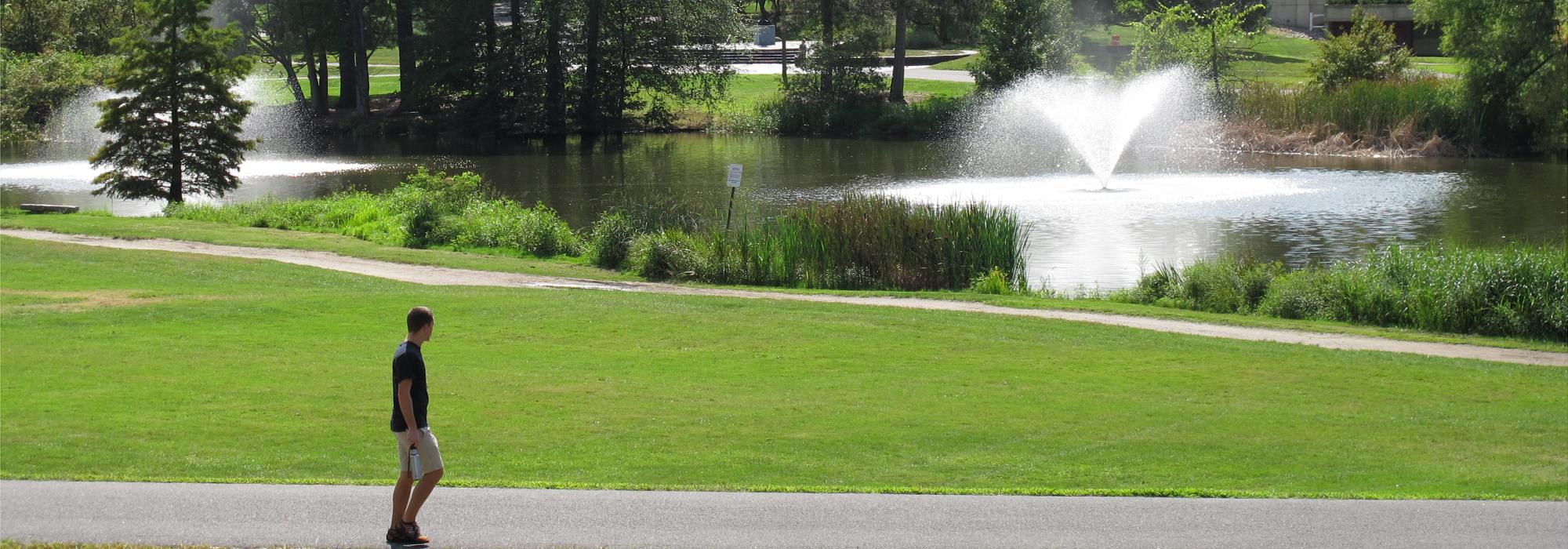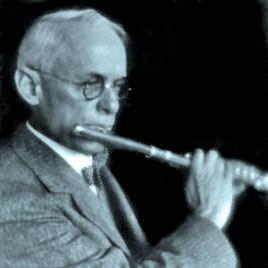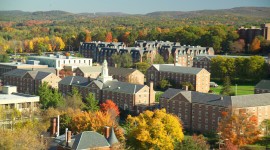Pioneer Information
Born in Wisconsin, Waugh attended Kansas State Agricultural College earning a B.S. in 1891 and an M.S. in 1894. He began teaching at Oklahoma Agricultural and Mechanic Arts College before taking a position at the University of Vermont at Burlington. Transferring to Massachusetts Agricultural College in 1902, he established the Department of Landscape Gardening and headed the Division of Horticulture. His teachings influenced landscape architects Earle Sumner Draper, John W. Gregg, A.D. Taylor, and Conrad Wirth.
Beginning in 1917, Waugh consulted on recreational development for the U.S. Forest Service, producing a plan for Grand Canyon Village and a collaborative report on Mount Hood with Frederick Law Olmsted, Jr. and John C. Merriam. Independently he created designs for the Massachusetts Agricultural College campus and produced a master plan for Kansas State College. He established a cooperative extension program in landscape architecture for Massachusetts, working with homeowners, farmers, and civic leaders on rural improvement projects. His work eventually led him to chair the committee of the National Conference on Instruction in Landscape Architecture.
Waugh was also a prolific writer. His works include Book of Landscape Gardening, Textbook of Landscape Gardening Designed for Non-Professional Students, and a handbook for the Civilian Conservation Corps. He served as horticultural editor for the Country Gentleman. Waugh was named a Fellow of the American Society of Landscape Architects in 1939 and was awarded the George Roberts White Gold Medal of Honor by the Massachusetts Horticultural Society.






